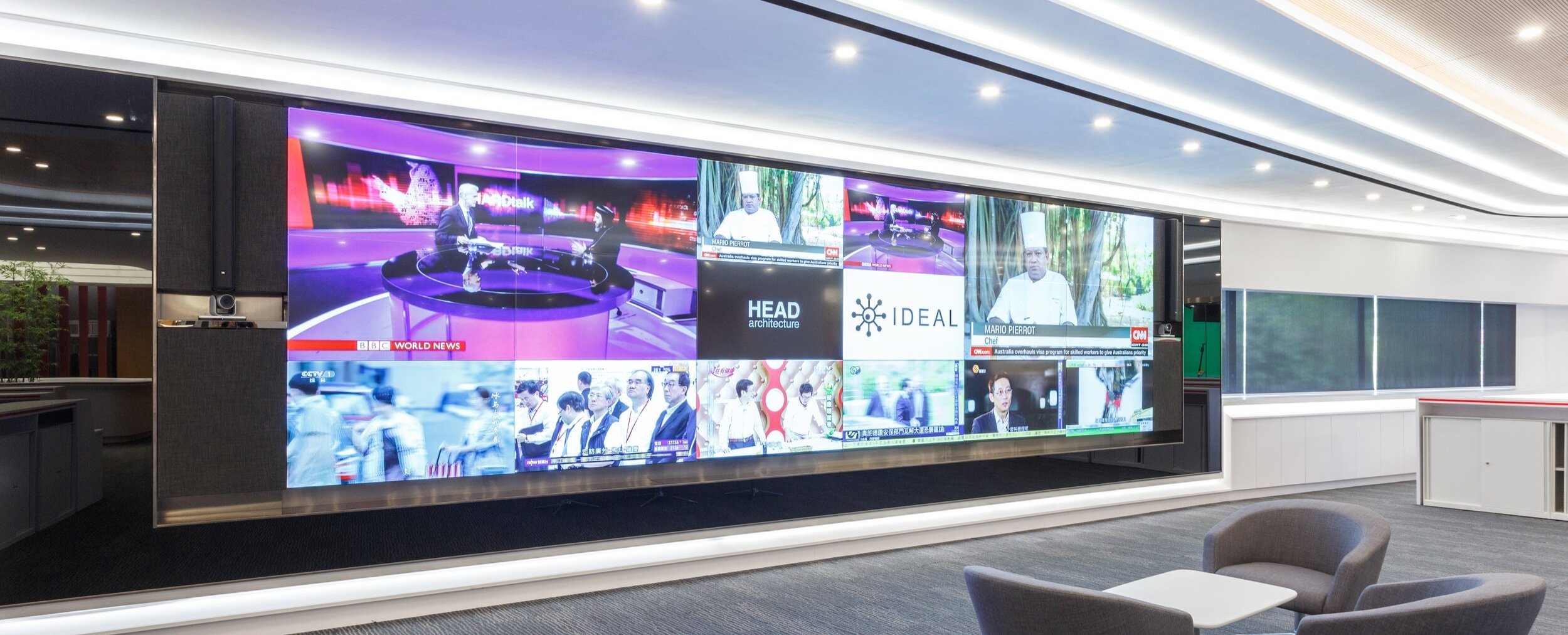Efficient Tactics for Overcoming Heat Issues in LED Display Panels
Wiki Article
Light Emitting Diode panel panels are progressively popular for multiple uses, such as promotion, events, and electronic screens. Nevertheless, excess heat is a major issue that can affect their performance and longevity. When LED panels overheat, they may decrease in brightness, hue shift, or even malfunction completely. Understanding the reasons and implementing effective strategies to control heat can help maintain the optimal function of LED panel screens. This article will discuss several approaches to tackle overheating challenges related with these units.
One powerful approach for preventing overheating in LED panel panels is guaranteeing adequate airflow. It is essential to place these screens in environments where atmosphere circulation is sufficient. This can be accomplished by positioning the screens in a well-ventilated space or using blowers to enhance airflow around the units. Additionally, if the screens are mounted in a tight space, establishing gaps or implementing air ducts can help release heat more efficiently. Keeping a lower surrounding heat level is crucial, as it immediately affects the function and lifespan of LED wall panels.
Another way to combat overheating is through the use of heat control substances. These substances can help take in, disperse, or redirect heat away from the LED components. Heat sinks are commonly used in many electronic units, such as LED screens. These metallic elements pull heat away from the LED components, permitting them to function at a safer heat level. Additionally, heat-conducting paste or pads can be applied to improve heat conduction between the LED elements and the thermal sinks, further boosting their cooling efficiency.

Routine care and monitoring of LED wall panels also play a critical part in stopping excess heat. Dirt and grime can build up on the faces of these screens, blocking airflow and trapping heat. Regular cleaning, using appropriate tools, will keep the panels free from obstructions. Furthermore, tracking the heat level of the screens can help detect excess heat problems before they turn into critical. Using heat monitors can provide important information, enabling users to take corrective steps if the screens begin to exceed safe operating temperatures.
The use of advanced technology can also help address overheating challenges in LED wall panels. Many modern LED panels come equipped with built-in thermal control systems. These systems can instinctively adjust the brightness of the display based on the temperature, reducing heat generation when needed. Additionally, software solutions can track the functionality of the screens and provide notifications if excess heat is identified. Using these technologies can significantly enhance the longevity and reliability of LED wall panels.
In summary, controlling excess led video wall technology heat in LED panel panels is crucial for ensuring their performance and lifespan. Applying methods such as providing adequate ventilation, using thermal management materials, conducting regular care, and employing cutting-edge tools can help reduce excess heat challenges. By taking these proactive steps, users can benefit from the complete advantages of LED panel panels while minimizing the risk of heat-related issues. This method not only enhances the functionality of the screens but also adds to a much eco-friendly and efficient use of technology in various uses.